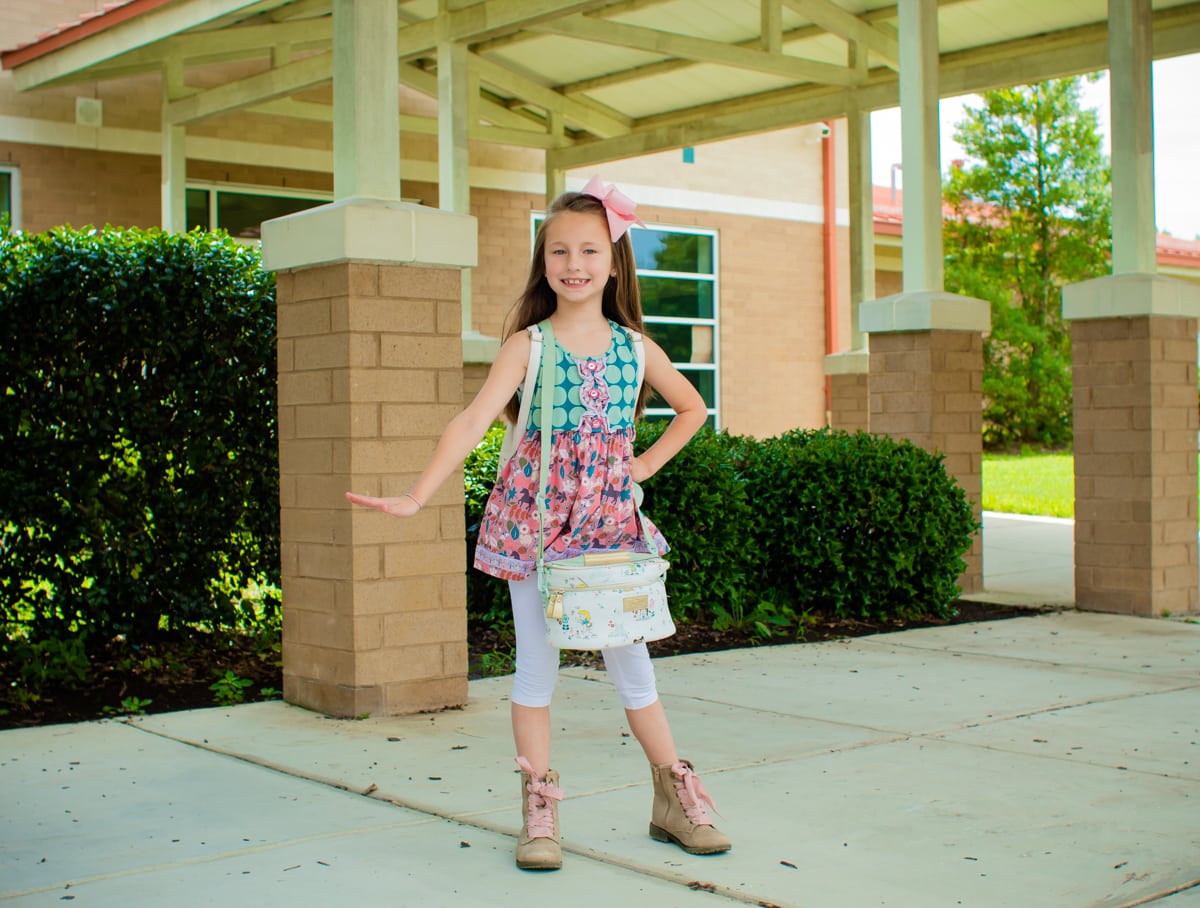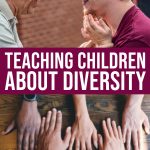You are at the park and your four-year-old daughter sees a parent and child with a skin color different than her own. She looks at them, then looks to you and innocently asks, “Why do they look different than me?” Your three-year-old son is waiting with you at the grocery store checkout line and notices a man in a wheelchair. He points to the wheelchair and directly asks the man, “Why are you sitting in that?”
As much as you would probably prefer your child to ask you complicated questions at home, odds are that your little one does not have the filter to do so. When kids ask these types of questions, they mean no harm. They are simply curious about the world around them. It is important for children to learn diversity recognition. Understanding and appreciating the differences in people is the key to teaching our children how to respect all people.
The Importance of Diversity Recognition

There are so many types of people in the world – people of different races, religions, ethnicities, cultural backgrounds, and abilities. It is important that our children know this from an early age and respect people from all walks of life. Pretending to be “blind” to diversity, does not teach our children to ignore that people are different, it actually teaches them not to accept differences in other people and sends a message that differences are bad. Without diversity recognition, children form biases that will likely follow them into adulthood, and where there are biases, there is discrimination.
Children learn early on how different people are viewed. They learn these things from television, books, magazines, photographs, and obviously from interactions with other people. Children need to be reassured that differences are fine – both their own and other people’s. The reaction to someone with different skin color, someone who wears a hijab, someone who eats different food, someone who speaks another language, or to someone who has a leg brace will imprint on children and can teach them either that the difference in those people is positive or negative.

When your daughter asks about why that family looks different than her or when your son asks why that man is in a wheelchair, you have perfect opportunities to develop diversity recognition and to celebrate the differences in people.
The good news is that today we live in a world that is increasingly diverse. That means there has never been a better opportunity to teach our children about the different types of cultures, ethnicities, and people who make the world we live in so great. By exposing children to different cultures and people with different abilities from a young age, we teach them diversity recognition and appreciation from the start. If we reinforce these lessons, children will learn to appreciate, rather than fear, differences and to recognize bias and stereotypes when they see them.
Explaining Diversity to Children
Do not stress out about how to explain diversity to your kids. Teaching diversity recognition is easy. It is really just about exposing children to different cultures and people and showing them that all these different people make up the world we live in. When kids ask questions, it is okay if you do not know exactly what to say right away. Here are a few tips for explaining diversity to children.
Don’t ignore your child’s questions.
Let’s face it. Children can be loud and direct, and both of these attributes can be embarrassing to you as an adult since you know it is not polite to point and talk about another person. Your child will not learn to filter what comes to mind and out of his or her mouth until later in life. While your first reaction when a question regarding another person’s features, attire, or disability arises in public may be to hush your child, try not to shut them down.
It is important to respond to a child’s questions and comments about differences even if you are not sure what to say. Children often interpret no response to mean that it is not okay to talk about differences.
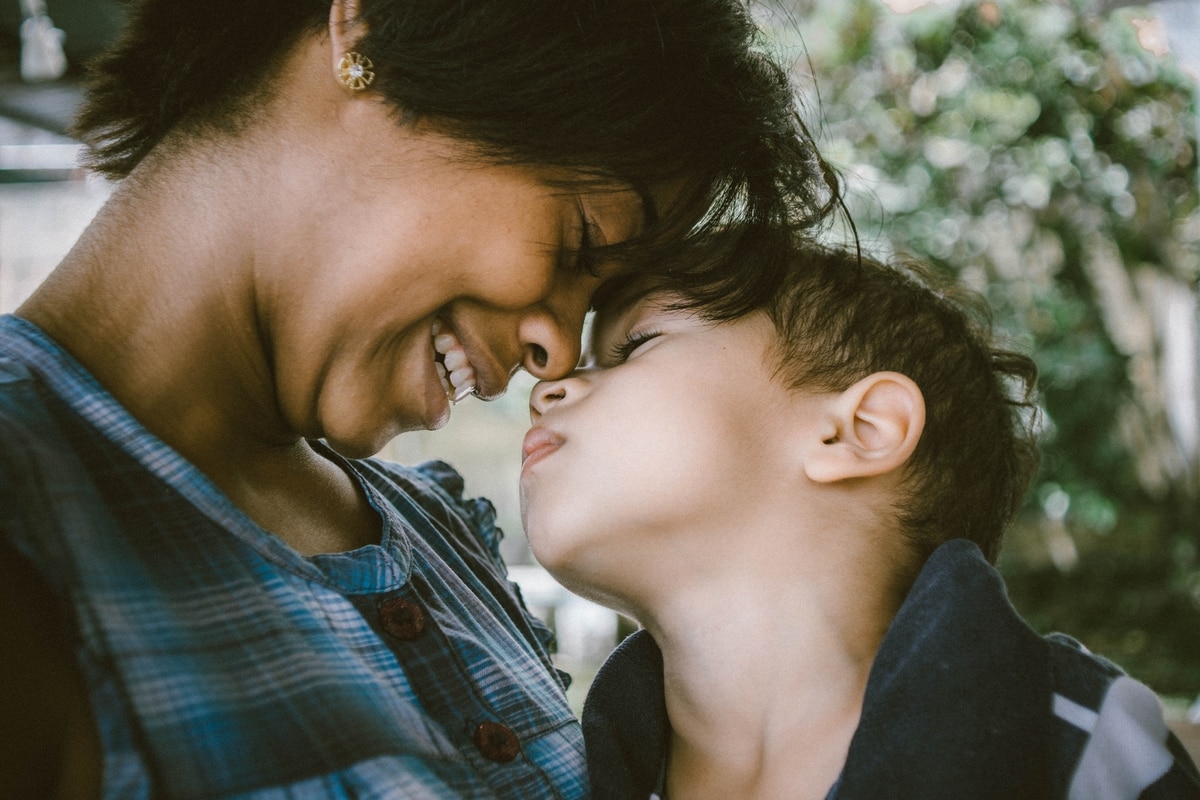
If you are not quite sure what to say or you would like to delay a potentially complicated conversation until you are in a quiet spot together or at home, it is okay to say something like, “Not everyone looks the same. That person looks different from you, just like you look different from me, grandpa, or our neighbor, Mrs. Johnson. Mommy needs to think a little about your question. Let’s talk about it in a few minutes/when we get home.” This will give you some time to gather your thoughts and best address your little one’s burning questions.
It is okay to go back to your child and say, “Yesterday you asked me a question about… Let’s talk about it some more.” It is also okay to admit that you do not know the answer to something, but that you can look into it and find out the answer for them. So when your child asks why a woman is wearing a certain type of head covering or why a man is praying at a certain time of day and you are not sure why, take some time to do a little research online and then come back to them with the answer.
You can also always come back to your child and say something like, “I don’t really like what I told you this morning about… I’ve given it some more thought, and here’s what I really should have said.” These types of responses teach children that sometimes we do not know everything and that is okay. It also shows them that we are willing to learn things when we are not sure about something. These are the building blocks of diversity recognition.
Expose children to diversity.

Expose your children to as many different types of people as you can from an early age. Create opportunities for children to interact and make friends with people who are different from them. Children learn best from concrete experiences.
Let your child know that there are skin tones other than their own, people with features other than those that your family shares, and people with different abilities. Whether you live in a diverse community or a more homogenous one, incorporate books, movies, and shows with people who have features from around the globe. There are countless books that help teach diversity recognition with characters with different religions and holidays, different cultural customs, different lifestyles, and different abilities.
The great thing about books especially is that they are often read over and over, so the messages they teach will become commonplace to your child. Some great books to share with your preschool or kindergarten-aged child about race and ethnic differences are All the Colors of the Earth, We’re Different, We’re The Same, and Whoever You Are.
Buy toys that promote diversity. Instead of buying all dolls that look just like your child, offer some that look completely different. Teaching your child to embrace a doll with different features will teach them to care about and accept real people who are different.
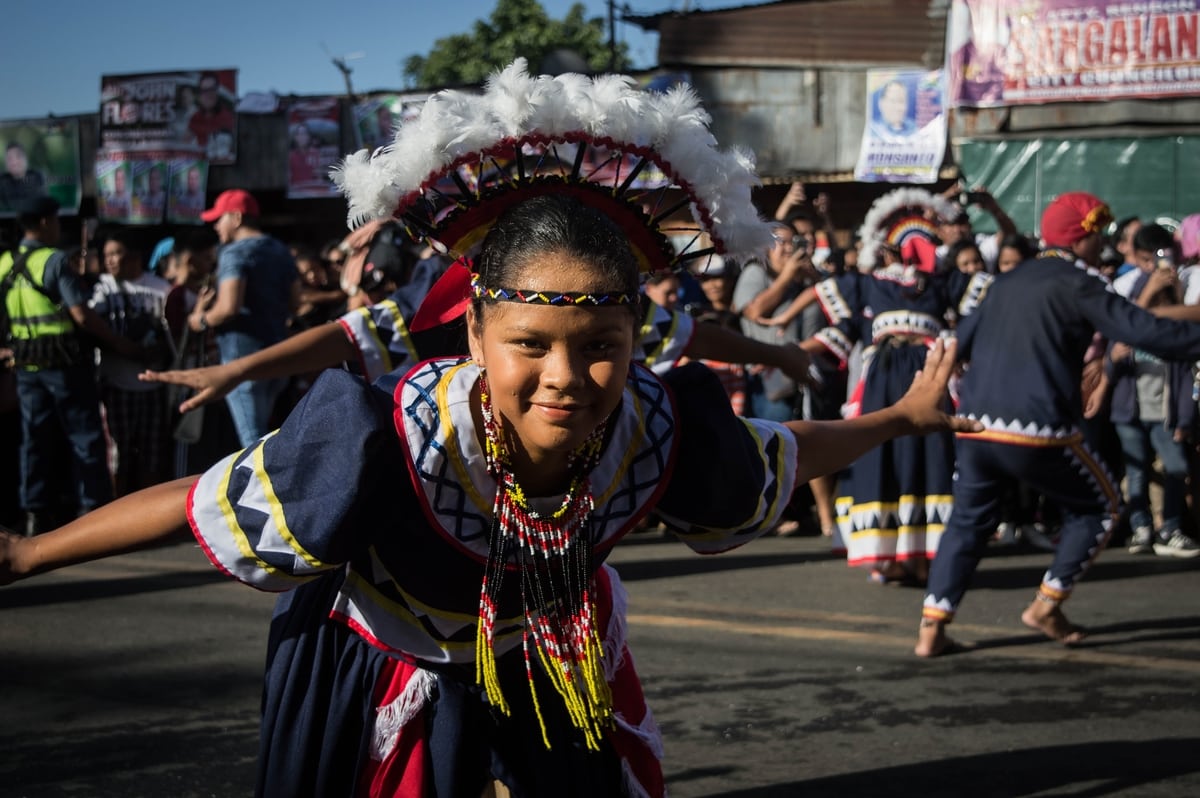
Travel to different places and show your children first-hand the different cultures and customs from around the world. Attend cultural festivals in your city or state. Some cities have festivals that showcase multiple cultures, like an international festival, that would let your children see all kinds of different cultures all at once! Seeing another culture in action and being able to experience that culture’s costumes, foods, and traditions is an amazing and fun way to gain a better understanding of it.
Educate children about differences.
It is not enough just to expose children to diversity, it is also important to educate them about people’s differences. For instance, learn about different holidays celebrated by religions and cultures besides your own. Read books about these different customs or attend celebrations like Chinese New Year festivals or Kwanzaa celebrations in your area.
A few books about different cultures to consider adding to your preschool or kindergarten-aged child’s library are The Story of Hanukkah, Li’l Rabbit’s Kwanzaa, It’s Ramadan, Curious George, and Dim Sum for Everyone!.

It is just as important to teach children diversity recognition when it comes to people with different abilities as it is to teach them about different cultures and ethnicities. Teaching children from a young age about people who are deaf or blind, people who use a wheelchair or are missing a limb, or people who have a disability like cerebral palsy or down syndrome will make answering those “why is that man in that chair?” and “why does that lady only have one arm?” questions.
When it comes to educating children about people with different abilities, make sure to use “person-first” language. Remember to put the person before the disability. So instead of saying, “There was a wheelchair-bound man in the park today,” say “A man using a wheelchair was in the park today.” Use this type of diversity recognition language and your little one will learn to do the same
As you educate your child about people with different abilities, show them that a disability does not define a person, rather it is a part of what makes that person unique – just as every child is unique. Some books to help teach your child about people with various disabilities include Don’t Call Me Special, Susan Laughs and My Friend Isabelle.
Diversity recognition should not cause parents anxiety. Seeing differences in people and appreciating those differences is exciting. By exposing and educating our children about all the different cultures, customs, and people in the world we raise our children to be good, kind people. When you get down to it, isn’t that what we are all trying to do as parents?
WANT TO READ MORE?
Check out this article on Teaching Your Children About December Holidays Different Than Your Own
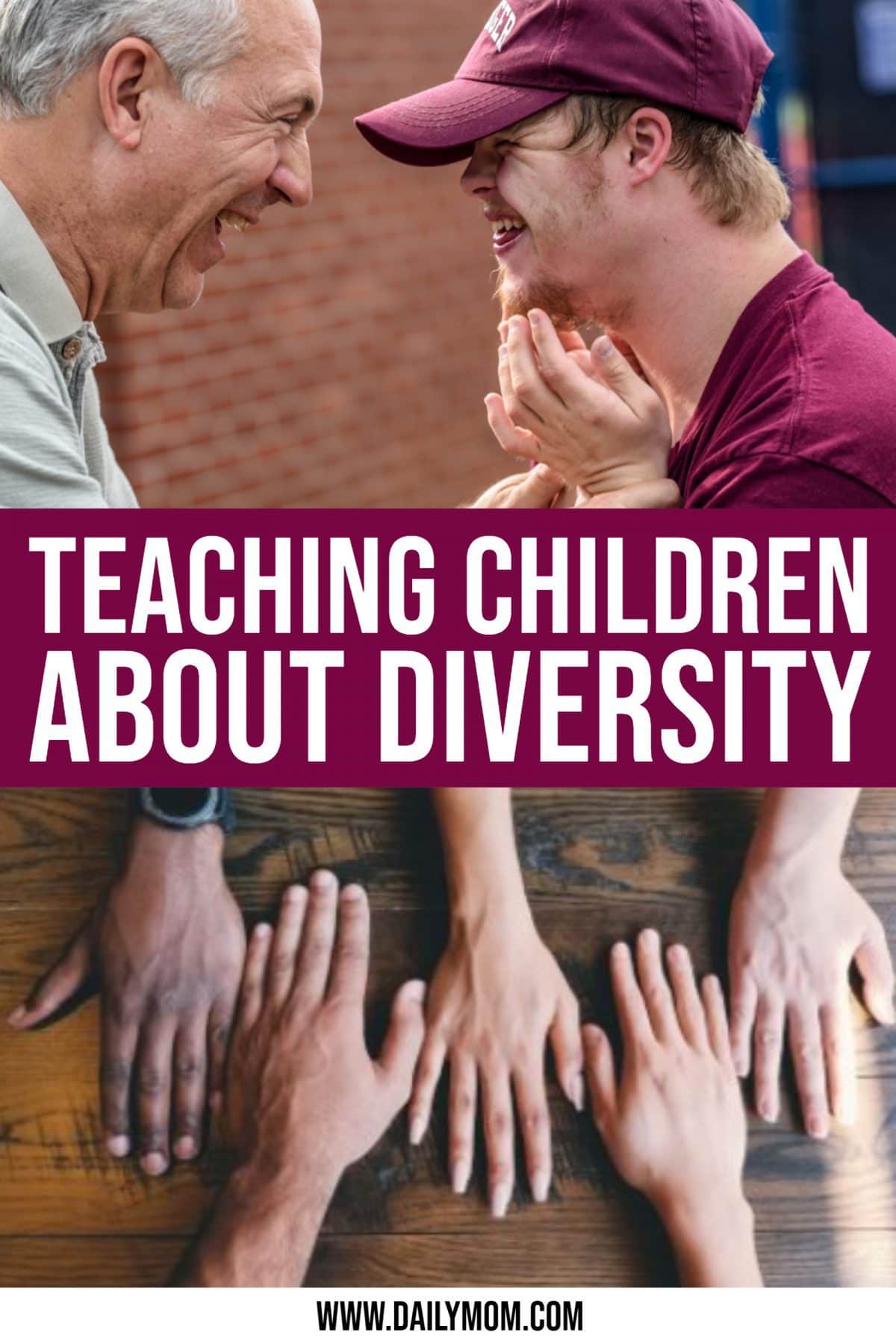
Sources: 7 ways to teach your child about diversity, Teaching Diversity: A Place to Begin
Photo Credits: Erin G., Unsplash.com

































